The airplane was less than a decade old when it first appeared as a weapon of war during the Italo-Turkish War in 1911. The Italians used airplanes to observe Turkish troop positions, as well as dropping bombs on their enemy. By 1915 the airplane had matured into a weapon capable of bombing enemy troops, strafing them with machine gun fire, and fighting other airplanes for control of the sky. At the end of World War One it was evident to military planners that success in future wars would be determined by domination of the skies over battlefields, both on land and at sea. Long-range bombers, medium-range attack aircraft, and fighter planes to protect them and shoot down enemy planes were the focus of the world’s air forces.
Even the most powerful troop formations were easily targeted by aircraft, beginning in the First World War, and continuing in the Second World War which followed. It was Luftwaffe domination in the skies over Western Europe which led to the rapid defeat of France in 1940. Air battles became relatively short affairs, with most fighter planes lacking sufficient fuel for extended engagements with the enemy. Nonetheless, history records numerous large air battles, in which numbers of airplanes engaged their enemies for control of the skies, however temporary it proved to be. Here are 10 of the largest aviation battles in history.
10. Battle of Kursk
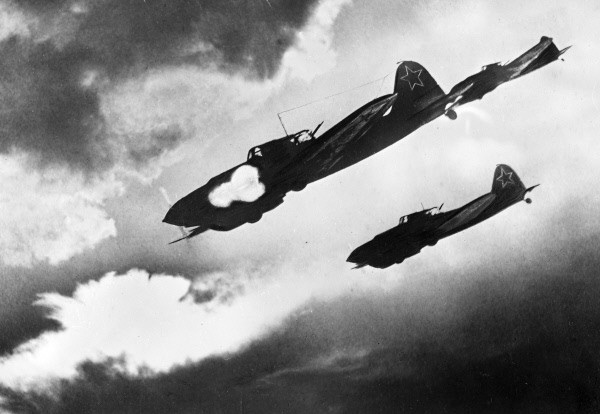
The 1943 Battle of Kursk is remembered primarily as being a massive armored battle on the ground, the greatest tank battle in history. Yet both the Germans and Soviets recognized early in the battle that it would be won by the side which achieved control of the air. German Stuka dive-bombers struck Soviet armored columns, breaking them up and destroying scores of tanks from the air. Soviet fighters attacked the Germans, and found themselves facing fighter formations of Messerschmidt and Focke-Wulf aircraft, led by experienced pilots. The Soviets too used dive-bombers against the German formations, including Ilyushin Sturmovik airplanes which the Soviets referred to as “flying tanks.”
On July 5, 1943 – the first day of the Battle of Kursk – the Soviets lost over 250 aircraft in combat, about half of them Sturmoviks. The Luftwaffe lost about 75. Four days into the battle the German losses of dive-bombers to Russian fighters had reached over 500. The Soviets attained control of the air during the Battle of Kursk, largely through attrition, and retained it for the rest of the war on the Eastern Front. They paid a heavy price. According to Soviet records, about 1,200 aircraft were lost during the battle, and most of the crews, while the Germans lost considerably fewer. Kursk broke the back of Goering’s Luftwaffe, after it had been bloodied in the earlier Battle of Britain.
9. Battle of Britain
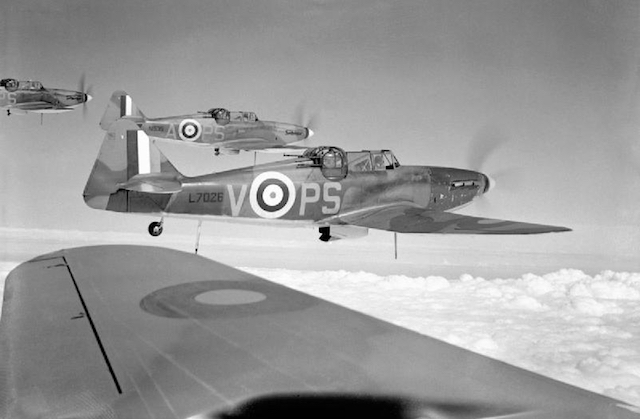
During the Battle of France, Winston Churchill denied a French request for additional British fighter squadrons to deploy to France. The British Prime Minister knew he needed the airplanes for defense of the United Kingdom after the French collapse in June 1940. The move proved decisive, Britain’s air defenses were strained to the limit during the Battle of Britain, with Fighter Command committing all of its resources to battling the Luftwaffe. British propaganda and Churchill’s rhetoric created the image of the valiant “few” of RAF Fighter Command resisting overwhelming odds against the German Luftwaffe during the battle. In reality, fighter strength of the contending air forces was roughly at parity when the battle began in July 1940.
The enduring symbol of the battle, the Supermarine Spitfire, flew fewer missions than the sturdy Hawker Hurricane, though as the battle wore on Spitfires appeared in steadily increasing numbers. Both sides exaggerated the numbers of enemy aircraft destroyed during the conflict, as well as the success of bombing missions (the British began bombing German cities during the battle, though those missions are not considered as part of the Battle of Britain). The Germans failed to reach their goals; the destruction of Fighter Command and control of the air over the Channel. Their effort cost the Luftwaffe over 1,900 aircraft and 3,500 air crew killed or taken prisoner by the British. The British lost about 1,700 aircraft, about 1,500 military casualties, and about 14,000 civilian dead. The Battle of Britain was a decisive victory for the British, the first major defeat of the Germans in World War II.
8. Battle of Saint-Mihiel
The Battle of Saint-Mihiel (September 12-15, 1918) saw many innovations by the United States Army, including designating the day of attack as D-Day. The American Expeditionary Force (AEF) launched its first major offensive on the Western Front, supported by over 100,000 French troops. It also launched the largest combined air operations in battle ever seen to that time. The United States Army Air Service committed 28 squadrons to the battle, flown by American pilots in French airplanes, mostly SPADs. The air battle was for control of the skies over the German salient which the ground troops advanced against. Additionally, aircraft bombed targets behind German lines, and strafed troops in the trenches.
With support from the French, British, and Italian air services, over 1,400 aircraft of all types were deployed against the Germans during the battle. About 40% were flown by Americans, who completed over 2,400 sorties, and engaged in over 140 air-to-air combats. Among them were Eddie Rickenbacker, who commanded the 94th Aero Squadron during the battle. Another was American Frank Luke, who beginning on September 12 shot down four German aircraft and 14 observation balloons in just ten missions. Luke was killed in action on September 29. He was awarded the Medal of Honor. The Battle of Saint-Mihiel was a milestone in coordinated air attacks in support of a major offensive, and a major victory for the Allies in the closing months of World War One.
7. Beqaa Valley, Lebanon
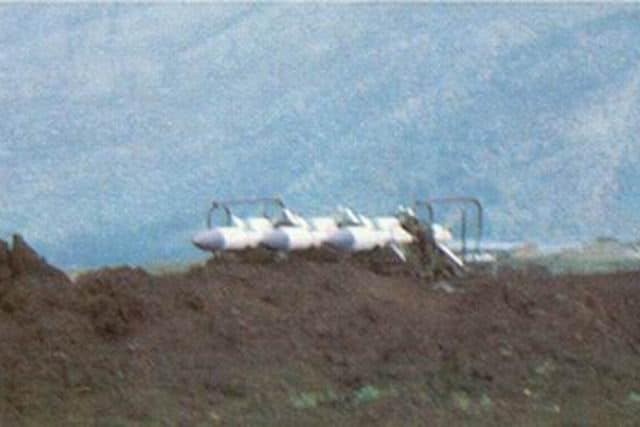
The air battle of Beqaa Valley between the Syrians and Israelis is known by several names, including the Beqaa Valley Turkey Shoot among the victorious Israelis. An operation of the 1982 Lebanon War, the battle was the largest fought in the air since the Korean War. Israeli aircraft, the majority of which were US built F-15s and F-16s, destroyed over 80 Syrian aircraft, mostly MIG-21 and MIG-23 configured for ground attacks. The Israelis’ main goal in the operation, which they dubbed Operation Mole Cricket 19, was the destruction of a Soviet built surface to air missile defense network consisting of 30 launch sites situated in Lebanon’s Beqaa Valley. It was an operation the United States watched with great interest.
The battle, initiated by the Israelis on June 9, 1982, was a major victory for Israel, both against the Syrian Air Force and the SAM sites. When the Israelis launched their attack on the SAM sites the Syrians responded with over 100 planes to defend them. Israeli unmanned aerial vehicles (UAVs) monitored the Syrian launches and reported them to airborne command and control aircraft, who vectored the attack pilots to their targets. By the end of the operation, 29 of the Syrian SAM sites were destroyed, at a cost to the Israeli Air Force of two damaged F-15s, and the loss of one drone. The following day US President Ronald Reagan persuaded the Syrians and Israelis to accept a cease-fire.
6. Battle of the Philippine Sea
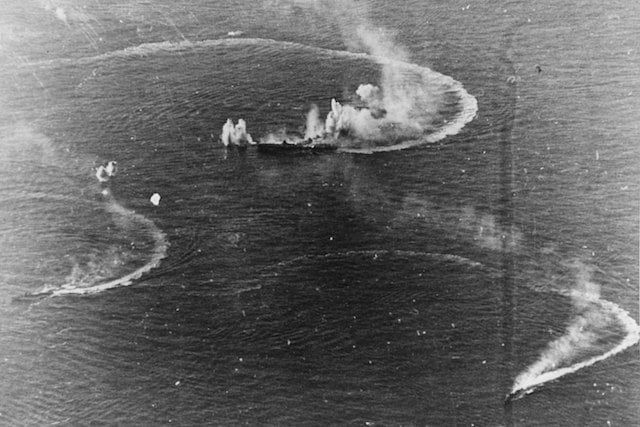
The Battle of the Philippine Sea was a major naval engagement of the Pacific War, the largest carrier to carrier battle in history. The fifth (and final) time the US and Japanese fleets clashed in carrier to carrier actions, it became known to the American pilots as the “Great Marianas Turkey Shoot.” The American victory destroyed what was left of the Japanese carrier aviation arm. Fifteen American aircraft carriers, eight of them designated light carriers, opposed five fleet carriers and four light carriers of the Imperial Japanese Navy. The battle was fought in the air, with about 900 American aircraft opposed by 750 Japanese, with roughly 300 of the latter based in the Mariana Islands.
The two-day battle led to the Japanese loss of three of their fleet carriers. Though they still maintained a small carrier fleet, the Japanese losses in pilots crippled their fleet aviation arm decisively. At least 500 Japanese pilots were lost when their planes were shot down by the Americans, some accounts claim Japanese losses among aviators surpassed 650. The Americans lost 123 airplanes, and had one battleship slightly damaged. During the battle one American Naval Aviator, Alexander Vraciu, shot down six Japanese dive bombers in a single mission, over a span of just eight minutes of action. By the end of the battle, American naval and air superiority over the Japanese in the Pacific Theater was clearly evident.
5. Battle of El Mansoura
At the beginning of the Six-Day War in 1967, the Egyptian Air Force was destroyed on the ground when the Israelis attacked it from the air. Determined to prevent another such humiliation, in the aftermath of the war the Egyptians built concrete bunkers on their air bases to protect their air force from another surprise attack. During the Yom Kippur War in 1973, the Israelis launched strikes on Egyptian bases. The bunkers and Soviet supplied SAM sites prevented them from inflicting much damage. On October 14, 1973, Israeli aircraft numbering over 160 attacked several Egyptian air bases, opposed by about 60 fighters of the Egyptian Air Force.
Losses and who won depends on which side of the conflict one chooses to believe. The Egyptians, who were commanded by Hosni Mubarak, claimed to have shot down 17 Israeli planes, with losses of six aircraft, three of which crashed due to running out of fuel. The Israelis claimed to have destroyed the Egyptian planes and suffered only two aircraft lost in the battle. None of the Egyptian bases were struck by the Israeli airplanes dispatched to destroy them, so the battle was an Egyptian defensive victory against the Israeli Air Force. Various sources claim massive losses suffered by the Egyptians, with one Israeli historian claiming the Israelis shot down 172 Egyptian aircraft on October 14-15. There is little in the way of evidence to support the claim.
4. Black Thursday, Korean War
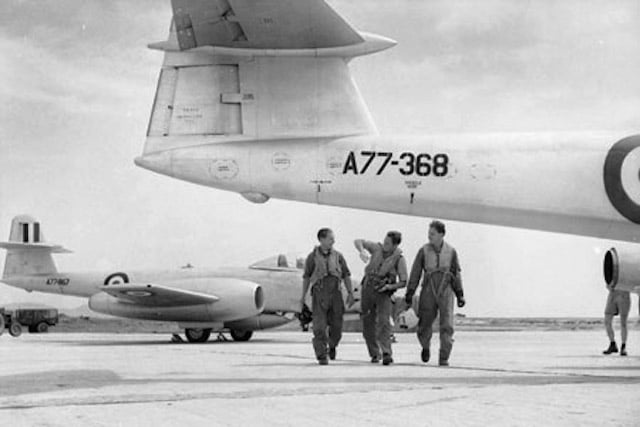
The Boeing B-29 Superfortress is primarily remembered as the bomber which struck the Japanese home islands during World War II, ultimately delivering the atomic bombs on Hiroshima and Nagasaki. It was still the primary heavy bomber for the US Air Force during the Korean War, though it was susceptible to the newer jet fighters deployed by the North Koreans. Some of the new jet fighters in Korea were flown by Soviet and Red Chinese pilots, though they bore North Korean markings. United Nations jet fighters, primarily the F-86 Sabre and the Gloster Meteor, were deployed against the North Koreans. On April 12, 1951, 48 B-29s were escorted by a force of American fighters when the formation was attacked by approximately 30 MiG jet fighters.
Although the Air Force escorts were jet fighters, mostly F-80s and F-84s, they were not as fast as their MiG adversaries. The North Koreans concentrated their attacks on the slower B-29s and then outran the escorts. Ten B-29s were damaged by the North Koreans with three shot down, as nearly 200 airplanes swirled about the skies in Northeast Korea, an area the United Nations pilots called MiG Alley. The USAF pilots referred to the date as Black Thursday. The North Koreans suffered no losses of aircraft, nor casualties and the bombing missions of the B-29s during daylight were halted. Following Black Thursday, the B-29s flew only on nighttime raids, and only in small formations.
3. Battle of Nis
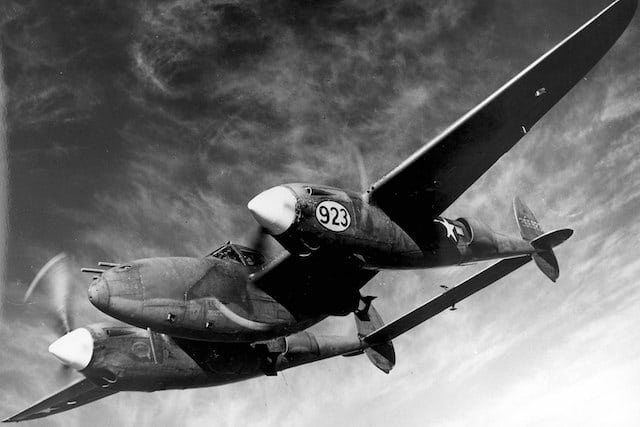
In World War II the United States Army Air Force operated the P-38 Lightning, a twin engine, twin tailed fighter and ground attack aircraft. The German Luftwaffe operated a twin engine, twin tailed aircraft of its own, the Focke-Wulf Fw-189. From the ground the two aircraft were similar in appearance when flying overhead. So when a group of American P-38s mistakenly strafed a Soviet column in present-day Serbia on November 7, 1944, the Soviet commanders on the ground believed they were being attacked by the Germans, and called in air support from their own fighters in the area. The Soviet Yak-3 fighters (one of the most successful fighters of the war) based at Nis responded.
The Soviet fighters arrived and attacked the P-38s from below. The Americans responded by fighting a defensive action. When a second group of Yak-3 fighters arrived it too attacked the Americans. In all about 27 to 29 Lightnings engaged an unknown number of Soviet fighters, with the Americans losing three P-38s. Two American pilots were killed. The Soviets lost at least three Yak fighters, some sources claim four, and suffered at least 60 casualties on the ground from the initial mistaken attack by the Lightnings. It was the only major combat action between the United States and the Soviet Union. In the aftermath, Allied and Soviet commanders established a line marking where and by whom combat operations would be conducted for the duration of the war.
2. Dieppe Raid
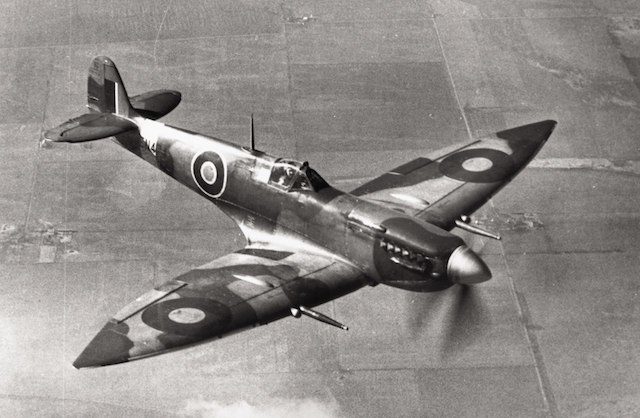
The Dieppe Raid was an attempt to seize a German held port, hold it for a few hours, and withdraw. The operation was designed to gather intelligence on German defenses, response capabilities, and possibly obtain codebooks and other materials of use to the generals who planned the operation. Those planners expected strong German resistance, especially to the landings, and the RAF insisted it could protect the troops on the beaches as they advanced inland to capture the port of Dieppe. Five RAF bomber squadrons were detailed to provide cover for the landings via smoke bombs, and 56 fighter squadrons assigned to provide air support. They consisted of Typhoons, Hurricanes, and Spitfires.
The Germans responded with heavy resistance on the ground, and the raid was an abysmal failure. Within ten hours of landing, well over half of the 6,000 men who participated were either casualties or prisoners of war. The Luftwaffe conducted multiple attacks against the men on the ground and the RAF protecting them. The RAF lost 106 aircraft during the operation, against losses to the Luftwaffe of 48 planes. The British also lost a destroyer and over 30 landing craft, as well as numerous vehicles and weapons ill-advisedly put ashore. One lesson from Dieppe was the need to ensure air superiority over the invasion beaches in subsequent operations.
1. Sunnfjord Operation, Norway

By February 1945 it was clear to all but the most die-hard Nazis the Germans had lost the war in Europe. Nonetheless they continued fighting on all fronts. On February 9, British commanders executed an attack on a group of small German warships anchored in a Norwegian fjord, the largest of which was the destroyer Z-33. The other vessels included a mine sweeper and anti-aircraft ships armed with heavy flak guns. Some sources report German E-Boats as well. About 44 Allied aircraft, including Beaufighters and P-51 Mustangs launched the attack. They were met by a squadron of Focke-Wulf Fw-190 fighters, a dozen planes in all.
The survivors of the raid later called the mission “Black Friday.” Of 31 Beaufighters taking part, nine were shot down by the German fighters and the anti-aircraft guns on the ships. One of the Mustangs was shot down as well, and another 14 aircrew were killed in the remaining Beaufighters. The Germans lost four aircraft, and seven sailors aboard the ships were killed. At least two of the returning Beaufighters were so badly damaged they were forced to land with wheels up, sliding to a halt on their bellies. The raid, directed by RAF Coastal Command, created the highest rate of combat losses of any it conducted during the war. The German ships suffered only moderate damage as a result of the attack.